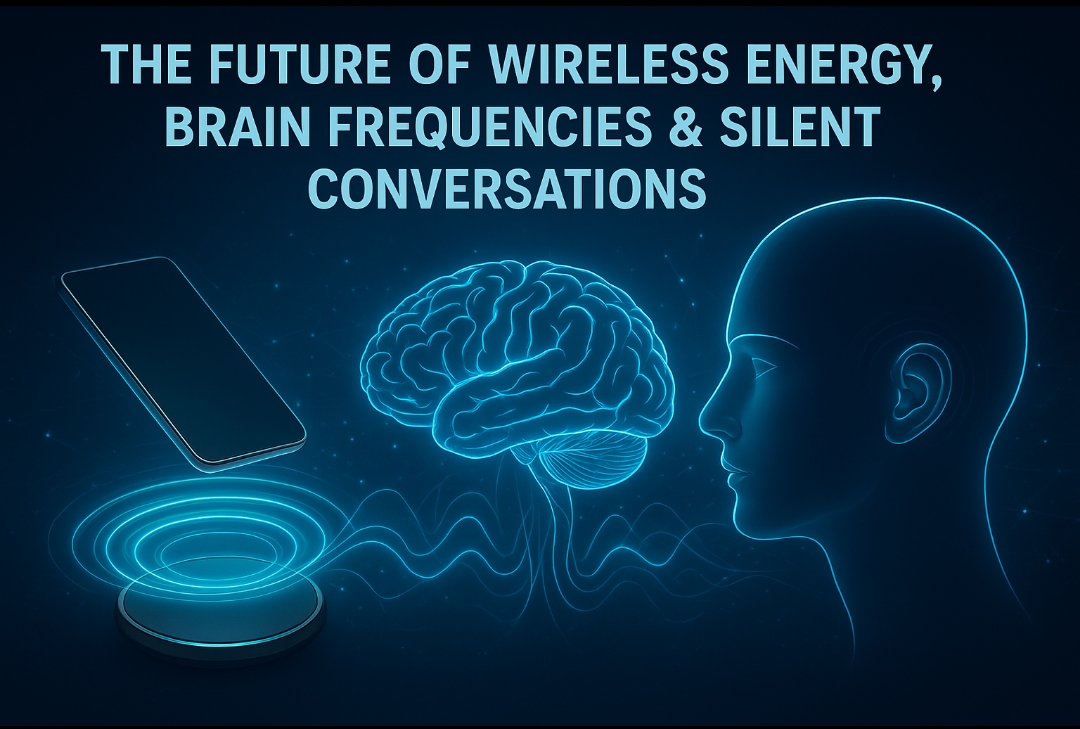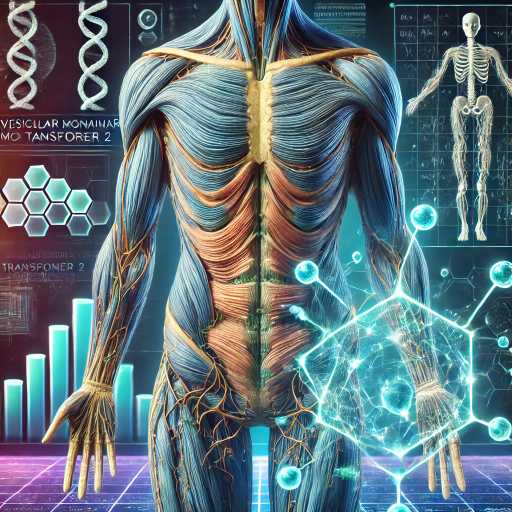Fair and Non-Discriminatory AI
Introduction
Artificial intelligence (AI) has the potential to revolutionize many industries and improve the lives of people all over the world. However, as AI systems become more sophisticated and widely used, it is important to ensure that they are fair and non-discriminatory. This is because AI systems can perpetuate and amplify existing biases and discrimination, leading to negative consequences for individuals and society as a whole. Artificial intelligence (AI) has rapidly become an integral part of our daily lives, affecting various aspects such as healthcare, finance, education, and many others. As AI systems become more prevalent, it is critical to ensure that they are fair and non-discriminatory. This is particularly important in areas such as employment, lending, and criminal justice, where AI systems have the potential to reinforce and amplify existing biases, leading to unfair outcomes.
The importance of fair and non-discriminatory AI
Fair and non-discriminatory AI is important for several reasons. Firstly, it helps to ensure that AI systems are just and equitable, treating all individuals fairly and without bias. This is particularly important in industries where AI systems are used to make decisions that have a significant impact on people’s lives, such as in the criminal justice system or in hiring and promotion processes.
Secondly, fair and non-discriminatory AI helps to promote trust in AI systems and increase their adoption. If people believe that AI systems are biased or discriminatory, they are less likely to trust them and more likely to resist their adoption.
Finally, fair and non-discriminatory AI is important for ethical and moral reasons. AI systems should not perpetuate or amplify existing biases and discrimination, and should instead strive to promote equality and justice.
Defining Fair and Non-Discriminatory AI
Fairness in AI refers to the absence of bias in decision-making processes and outcomes. This includes avoiding discrimination based on factors such as race, gender, religion, and other protected attributes. Non-discriminatory AI, on the other hand, refers to the absence of any intentional or unintentional discrimination in AI systems.
Challenges in Achieving Fair and Non-Discriminatory AI
There are several challenges that must be overcome in order to achieve fair and non-discriminatory AI. These include:
Data bias: AI systems are only as good as the data they are trained on. If the training data contains biases, these biases will be reflected in the AI system’s decisions.
Algorithmic bias: AI systems can also exhibit biases in the algorithms used to make decisions. This can occur when the algorithms are designed to optimize for certain outcomes, leading to unfair treatment of certain groups.
Lack of transparency: Many AI systems are black boxes, making it difficult to understand the decision-making processes and identify any biases.
Legal and ethical considerations: There are also legal and ethical considerations that must be taken into account when designing AI systems. For example, discrimination based on protected attributes is illegal in many countries, and there are ethical concerns around the use of AI in decision-making processes.
Approaches to Achieving Fair and Non-Discriminatory AI
There are several approaches that can be taken to achieve fair and non-discriminatory AI, including:
Data pre-processing: This involves cleaning the training data to remove any biases, for example by removing sensitive attributes or balancing the data.
Algorithm design: Algorithms can be designed to be fair and non-discriminatory, for example by using fairness constraints or debiasing techniques.
Model interpretability: Making AI systems more transparent and interpretable can help to identify and address any biases.
Regulation: There is also a growing movement to regulate AI systems, for example by requiring companies to disclose the decision-making processes and outcomes of their AI systems.
Case Studies
Healthcare: AI systems are increasingly being used in healthcare, for example to diagnose diseases and predict patient outcomes. However, there is a risk that these systems may reinforce existing biases, for example by underdiagnosing certain conditions in certain populations.
Employment: AI systems are also being used in recruitment and hiring processes, for example to screen resumes and predict job performance. There is a risk that these systems may discriminate against certain groups, for example by considering irrelevant factors such as race or gender.
Criminal justice: AI systems are also being used in the criminal justice system, for example to predict recidivism and determine sentence lengths. There is a risk that these systems may reinforce existing biases, for example by overpredicting recidivism in certain populations.
The challenges of fair and non-discriminatory AI
There are several challenges to ensuring that AI systems are fair and non-discriminatory. One of the main challenges is the presence of bias in the data used to train AI systems. AI systems are only as unbiased as the data they are trained on, and if the data contains biases, these biases will be reflected in the AI system’s decisions.
Another challenge is the lack of transparency in AI systems. Many AI systems use complex algorithms that are difficult to understand and interpret, making it difficult to determine the reasons behind their decisions. This lack of transparency makes it difficult to detect and address biases and discrimination in AI systems.
Approaches to fair and non-discriminatory AI
There are several approaches to ensuring that AI systems are fair and non-discriminatory. One approach is to use algorithms that are specifically designed to address biases and discrimination. For example, some algorithms have been developed that are designed to reduce the impact of demographic differences in the data used to train AI systems.
Another approach is to use techniques to increase the transparency of AI systems. This can be done by providing explanations for the decisions made by AI systems, and by making the algorithms used by AI systems more interpretable and understandable.
Finally, it is important to involve stakeholders from diverse communities in the development and deployment of AI systems. This can help to ensure that the perspectives and needs of different groups are taken into account and that AI systems are more likely to be fair and non-discriminatory.
Conclusion
Fair and non-discriminatory AI is an important issue that needs to be addressed as AI systems become more sophisticated and widely used. There are several challenges to ensuring that AI systems are fair and non-discriminatory, including the presence of bias in the data used to train AI systems and the lack of transparency in AI systems.
However, there are also several approaches to addressing these challenges, including using algorithms that are specifically designed to address biases and discrimination, increasing the transparency of AI systems, and involving stakeholders from diverse communities in the development and deployment of AI systems.
By addressing these challenges and promoting fair and non-discriminatory AI, we can ensure that AI systems are just and equitable, promote trust in AI systems, and contribute.
Author & Coach:
Professor (Dr.) Sanjay Rout
(Scientist, Technologist, Psychiatry, Legal, Journalism & Innovation Expert)
For more Thoughts (Books, Blogs) Connect:
My ambassador link: https://www.publish0x.com?a=K9b6WGnOdE
For more amazing Thoughts read below various books collections:
NFT:
https://opensea.io/accounts/0xab74ab3f7c3b0ab46c82b0dc13d0b6612123d3b9
https://app.momint.so/profile/6252a83aea6f550033dbe825/drops
https://rarible.com/islquantum369
https://solo.to/islpublication
https://www.voice.com/islpublications7
Digital:
https://notionpress.com/author/317590
https://www.overdrive.com/publishers/isl-publications
https://www.tutorialspoint.com/publisher/isl_publications?page=7
https://www.youscribe.com/isl-publications/
https://www.magzter.com/publishers/ISL-Publications
https://islpublications.gumroad.com/
https://islpublications.myinstamojo.com/
https://www.scribd.com/author/555522209/ISL-Publications
https://www.draft2digital.com/book/?publisher=Ajay%20Kumar
https://www.paranubhutifoundation.org/books/
Social Handel:
LinkedIn https://www.linkedin.com/in/drsanjaykumarout
Linktree
https://linktr.ee/Drsanjayrout
https://www.facebook.com/drsanjayrout
Twitter https://twitter.com/Drsskro
Instagram https://www.instagram.com/professordrsanjaykumarout
Medium https://medium.com/drsanjayrout
Podcast https://anchor.fm/innovationsolution-lab
YouTube https://www.youtube.com/channel/UCrbazCgJAGmQtKZdNDko2aw
https://www.youtube.com/@secretspiritul8369
https://www.youtube.com/@ISLPUBLICATIONS
Blogs https://innovationsolutionlabs.blogspot.com
https://drsanjayrout.blogspot.com
Website https://innovationsolutionlab.weebly.com
https://drsanjayrout.weebly.com
Nft
https://opensea.io/accounts/0xab74ab3f7c3b0ab46c82b0dc13d0b6612123d3b9
Behance
https://www.behance.net/drsanjayrout













